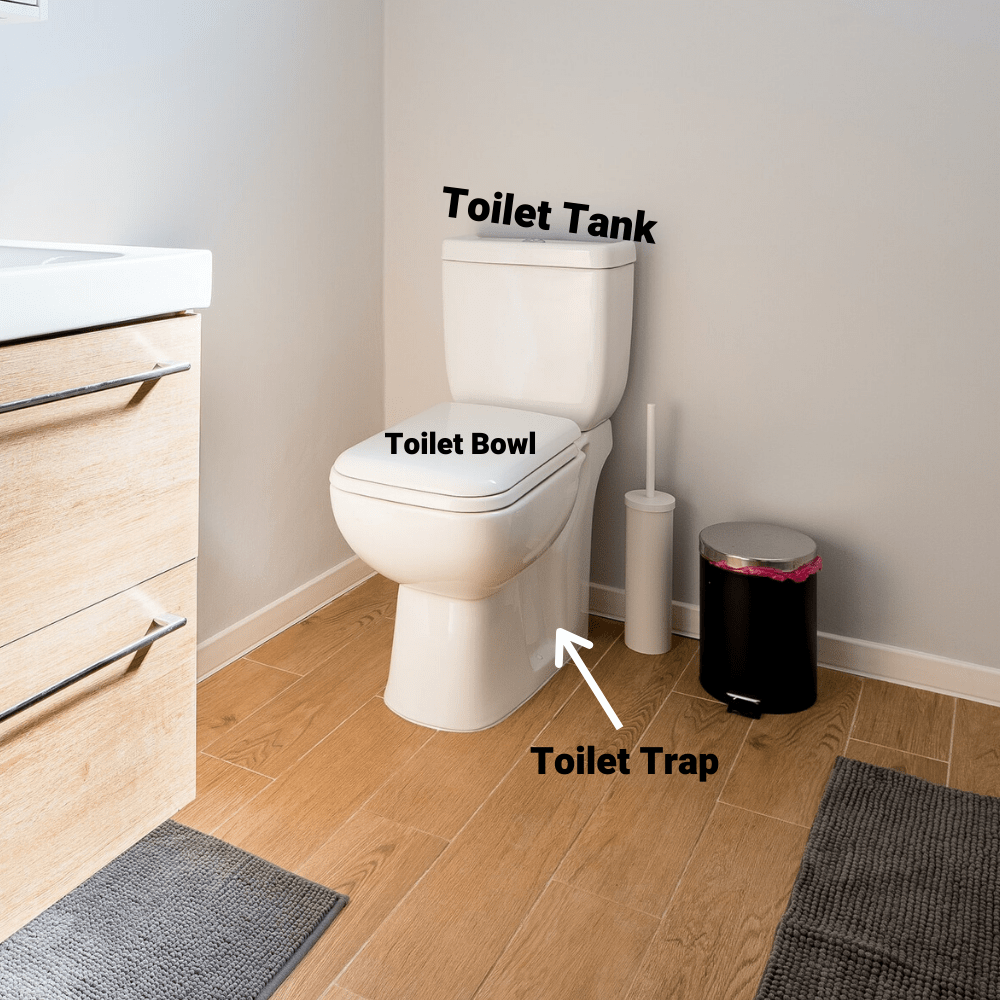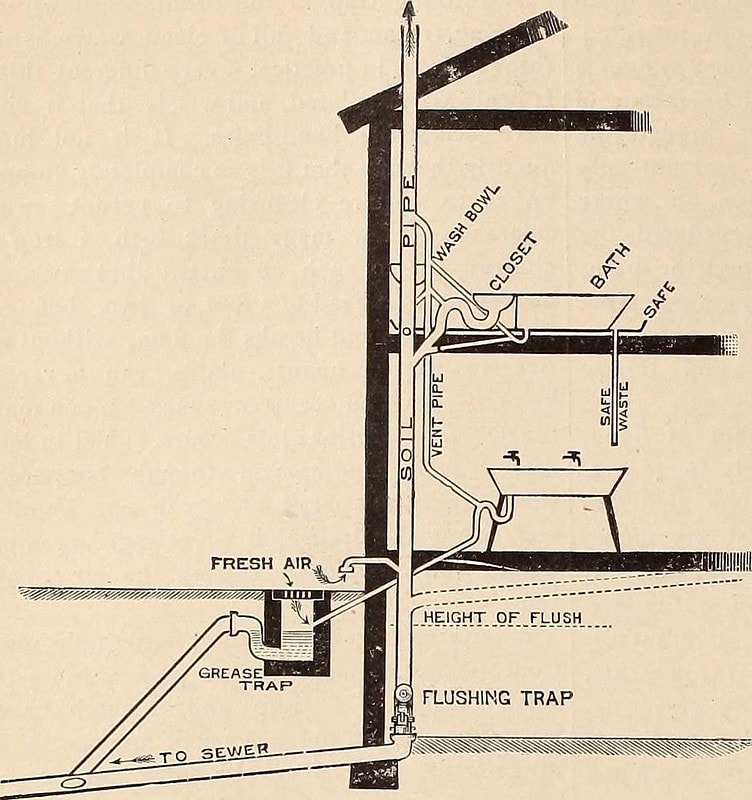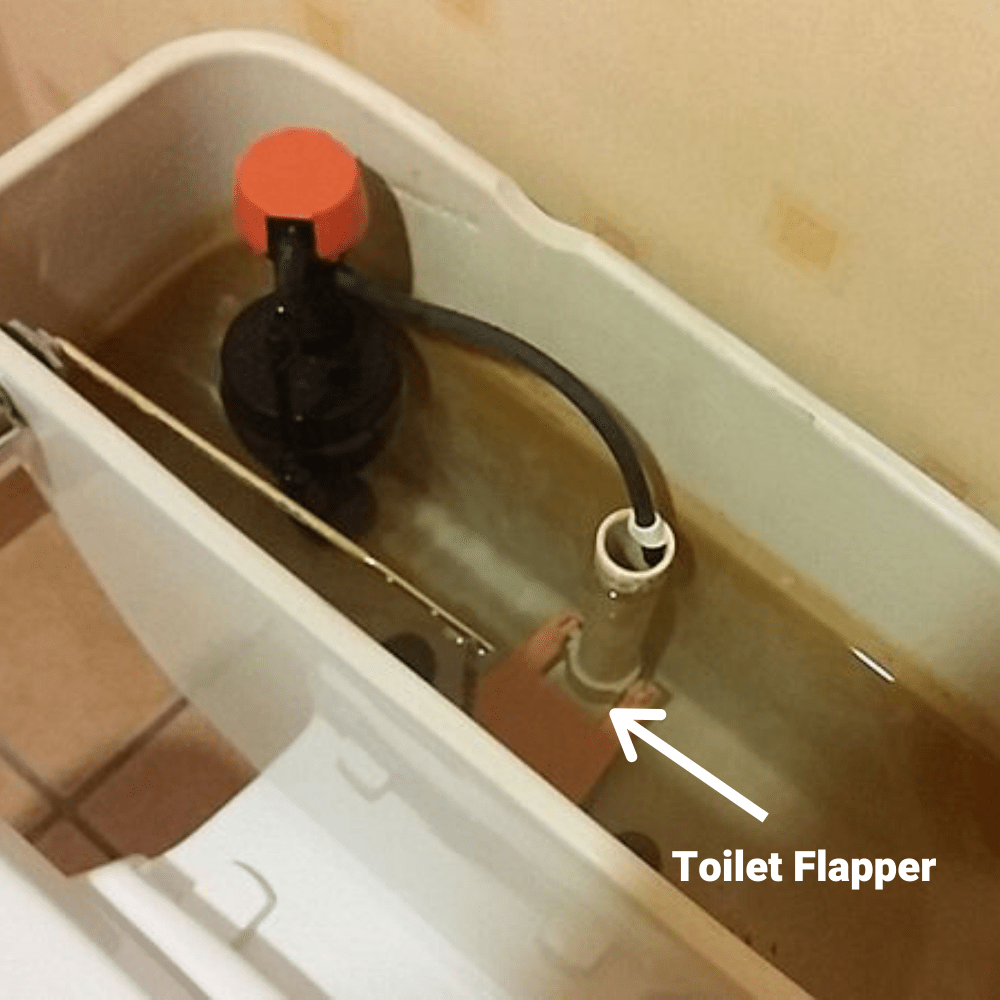Did you know that approximately 24 percent of your daily water usage goes to flushing the toilet? Is your toilet slow to flush? If so, you’re likely using even more!
Here are the most common causes of a slow flushing toilet and ways that you can address the problem.
In This Article We'll Discuss
#1: Low Water Level

One of the most important components of your toilet is the tank. When you flush, several gallons of water rush into the bowl. This causes water to move past the S-bend trap, which creates a vacuum to drive waste down. But what if there’s not enough water to get the job done?
The exact volume of water a toilet uses varies. Older models use up to seven gallons while modern fixtures use less than two. Either way, that surge of water is a crucial part of the mechanics of your toilet.
When the fixture isn’t able to use as much as it’s supposed to, you’ll have to perform many flushes to clean the bowl.
Lift the tank of your lid and check out the water level. If it’s not filling to the top of the tank, you may need to adjust the ballcock. Fortunately, this is easy to do with a couple of tools. In most cases, it’s as simple as turning a screw.
Continue to adjust the ballcock until the water meets the appropriate fill line. This may take a few attempts to get right. But once the adjustments are just, your toilet should flush efficiently moving forward.
#2: Drain Clogs

Toilet clogs are nothing new. There are many reasons why toilets get blocked up. In most cases, it’s because someone tried to send something other than waste and toilet paper down the drain.
Some of the most common culprits are:
- Flushable wipes
- Feminine hygeine products
- Oily substances
- Hair
- Cotton balls or swabs
- Paper Towels
Even too much paper can form a clog. You see, most toilet trapways are around 2.25 inches in diameter. So, expandable items can easily get stuck in the trapway.
When this happens, some water might pass through. But most of the water is going to remain in the bowl, resulting in a painfully slow flushing toilet.
The best way to fix it? Take out your trusty plunger and get to work. You can also use snakes and chemical drain cleaners to get the job done. Either way, this is a simple fix that you can do on your own.
Pouring bleach down the overflow tube or vinegar can help as well.
#3: Mineral Buildup

Another common culprit that could make your toilet slow is mineral buildup. Have you ever noticed a white substance around your fixtures at home? If so, there’s a good chance that you have hard water.
This just means that there are more dissolved minerals in your water supply. Over time, those minerals solidify around any fixture they make contact with. This includes your toilet!
Toilets have many tiny holes around the rim to distribute the water level from the tank. When the holes in the rim fill with mineral deposits, your toilet can’t flush efficiently.
Flush your toilet and turn off the water supply momentarily. The goal is to expose the mineral deposits for cleaning.
Once that’s done, take a stiff-bristle brush and pumice stone to get rid of those minerals. You can also use chemical-based cleaners. Though, they do require soaking.
After you take care of those blockages, your slow flushing toilet should be as good as new!
#4: A Cracked Bowl
While you might not be able to see it well, you could be dealing with a crack in your toilet bowl! Check out this cross-section of a toilet:

Leaks at the bottom of the bowl will slowly force water down the drown. In the worst-case scenario, that water could make its way out of the fixture and onto your floors.
Either way, cracks will lower the water level in the bowl. This results in a weak flush every time.
Cracks can form anywhere on the toilet with constant pressure. Invisible hairline cracks can occur, too. Those are even harder to spot.
There’s not much that you can do about cracks other than replacing your toilet. Temporary repairs do exist. But, the crack can easily open up with continual exposure to water. Thus, it’s best to just replace the toilet entirely.
#5: Blocked Sewer Line Vent
Sewer vents play an important role in the overall operation of your toilet. Most homeowners pay no attention to them at all. But, it could be what’s causing your toilet to flush slowly.
The vent handles air pressure regulation in your sewer line. Without it, you can’t send waste to your local sewage plant or septic system. Not only that, but all those sewer gases could waft back into your home!
Your sewer vent connects to every drainage line in your house. Sometimes, you can find it on the side of your house. Other times, it’s on the roof.

Regardless of its placement, the sewage line vents must be open and unobstructed.
One of the telltale signs of a blocked vent is a slow flushing toilet. You might also notice bubbles in the toilet bowl or loud gurgling noises.
Locate your vent and remove any obstruction. If the vent is on the roof, you could have leaves, excessive corrosion, or even a birds nest. Get rid of the issue and your toilet should flush normally.
#6: Faulty Flapper Valve

The flapper seal is an often-overlooked toilet component. This small flap is what’s keeping all of the water in the tank. It sits at the bottom of the bowl and connects to the toilet handle. When you flush, the flapper lifts up to let the water surge into the bowl.
Over time, the flap can degrade. It’s made out of rubber after all. Thus, it’s susceptible to the effects of chlorine and cleaning products. The rubber material can distort, affecting the water-tight seal.
Without a tight seal, water slowly drains from the tank to the bowl. As we mentioned earlier, your toilet can’t flush efficiently without that powerful surge.
Fixing the toilet flapper valve is simple. Just turn off your toilet’s water supply, remove the old flapper, and replace it with a new pliable one.
Another problem can be a faulty overflow tube. To fix the overflow tube try pouring some bleach or vinegar into it and letting it sit for 10 minutes. This will help if you have excess water overflowing into the toilet bowl.
The overflow tube is found right by the flapper.
Conclusion
What did you think of our list of solutions? Any of these reasons could be making your toilet flush too slowly. Try out these tips to improve your toilet’s performance and water efficiency.
Let us know what you think in the comments below and share our list if you liked it!

